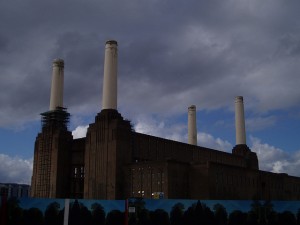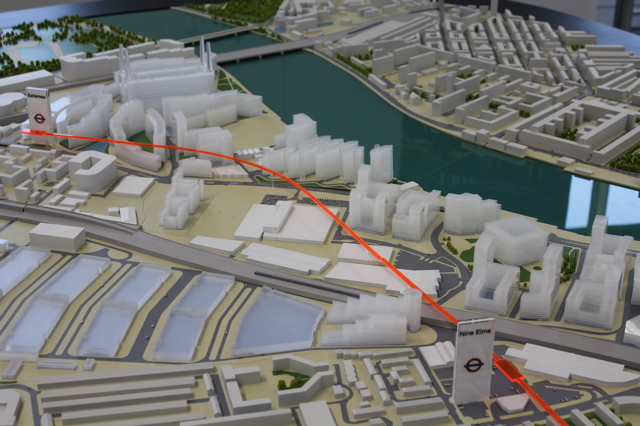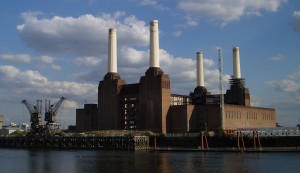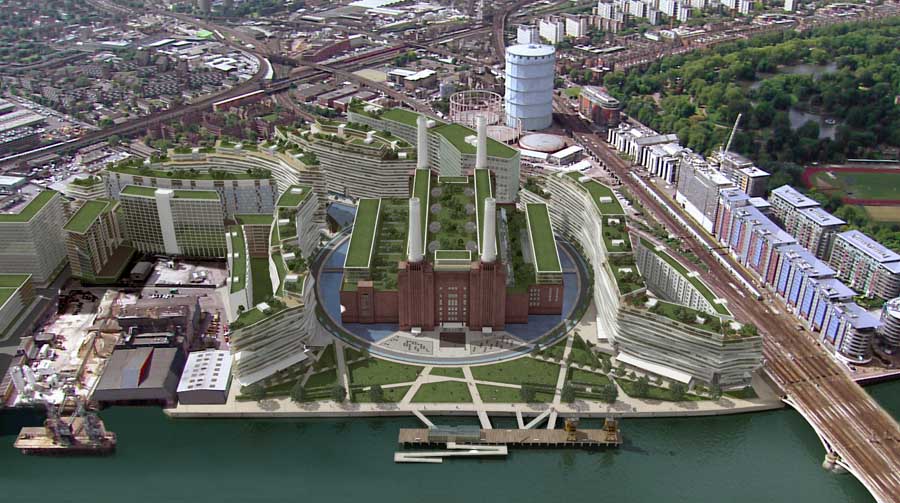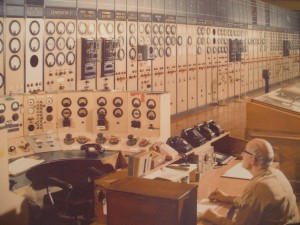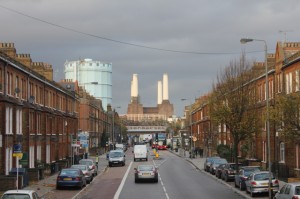NAMA and Lloyds are owed 502 million pounds ($786 million) by the owners of Battersea Power Station and they want their money back. Now.
Despite REO’s attempt at positive spin (see below) their ridiculous plan is over and it is about time the heritage site was brought into public ownership and restored as a site for Industrial Power.
Real Estate Opportunities plc (the Company)
Battersea Power Station facilities:
The Company announces that certain subsidiaries (BPS Subsidiaries) of Battersea Power Station Shareholder Vehicle Limited, the holding company of Battersea Power Station formed for the purposes of the restructuring that was announced in April 2011 and which is 54% owned by the Company, have received demand for repayment from Bank of Scotland plc, as agent for the National Asset Management Agency (NAMA) and Lloyds Banking Group the (together the senior lenders), under the senior facilities advanced in respect of the Battersea Power Station site, aggregating approximately £324m, and from Oriental Property Limited under the facilities advanced by it to the BPS Subsidiaries, aggregating approximately £178m. The BPS Subsidiaries are currently not in a position to satisfy these demands for repayment. The Company has also been advised that NAMA and Lloyds Banking Group have applied to the English court for the appointment of administrators to certain of the BPS Subsidiaries and that a hearing for this purpose is to be held on 12 December 2011.
The Company remains in discussions which may result in the disposal of the group’s interest in the Battersea Powerstation site and repayment of associated liabilities. However, there is no certainty that any such transaction will be effected.
The Company’s other assets, which are situated in Ireland, are unaffected by the above developments. The Company has recently received term sheets from NAMA, the principal lender in respect of its Irish assets, indicating NAMA’s continued support for the Company’s business in Ireland.
Click Battersea Power Station for more blogs
See our Battersea Power Station project pages for more information and videos.
Or visit PlanA our general blog on urbanism, planning and architecture.
Spectacle homepage
Befriend Spectacle.Docs on Facebook
Follow SpectacleMedia on Twitter

